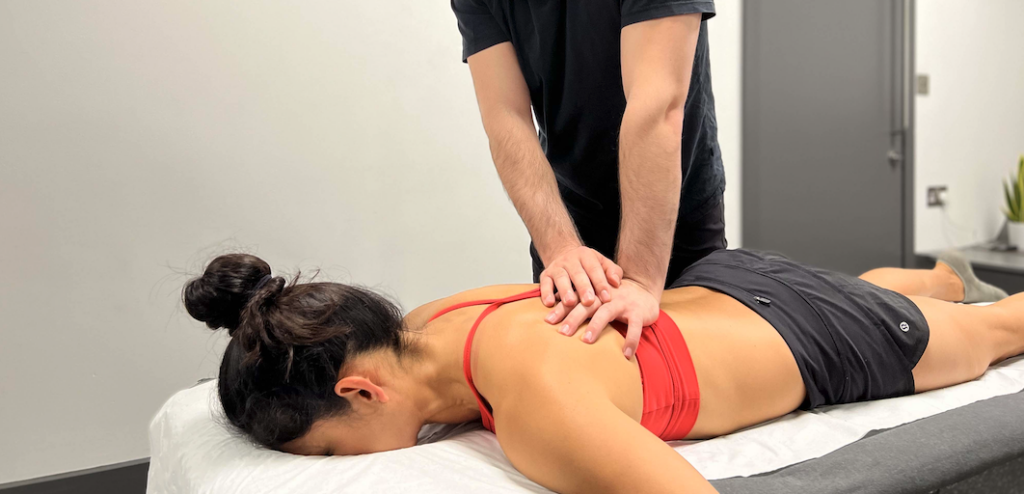Tightness in the lower back is an all too common problem.
While some back issues may be caused by a single traumatic incident or injury, more often than not nagging lower back pain can sneak up on you. Everybody is different, so there’s no catch all reason why people suffer from lower back pain and therefore no ‘one size fits all fix.’
However, this blog will outline some of the most common causes and some potential fixes.
What causes tight muscles in the lower back?
Broadly speaking, the most common causes of lower back tightness are (outside of trauma or injury) are:
- Tight hip flexors
- A weak core
- Weak or tight glutes

Most likely, it’ll be a combination of all 3. If you have all 3, you may end up with an anterior pelvic tilt, meaning your pelvis is being pulled forward excessively. This will cause significant stress on your lower back throughout the day. This can be exacerbated, or even caused by, sitting down for the majority of the day, without adjusting for a variety of postures.
Why do some people get lower back pain after exercise
There are myriad reasons why you may feel lower back pain after exercise, for the purpose of this blog we are going to disregard trauma, such as issues like pulled or strained muscles or slipped discs. If you suspect this may be the problem, it’s vital you seek expert medical help.
If you consistently feel nagging lower back pain after exercise, the likely culprits are:
- Improper form
- Inadequate load management
- Delayed Onset Muscle Soreness

Performing certain movements with shoddy technique can lead to excessive strain being placed on the lower back. The most common culprits are hinging and squatting patterns. Failing to properly engage your core and glutes in these movements can lead to excessive movement in the lower back, causing the muscles to become overworked and may lead to discomfort.
Movement in the lower back is something of a boogeyman in the fitness industry. Often people will feel that anything other than total spinal rigidity can lead to catastrophe and avoid spinal flexion at all costs. However, this can lead to further problems down the road. There’s nothing wrong with performing movements that involve spinal flexion and extension, as long as they are controlled, progressed sensibly and performed intentionally. After all, your body is designed to move in that way. The issue comes when excessive movement in the lower back comes from a lack of control in the movement, meaning those muscles are exposed to loads and volume they are inadequately prepared for.
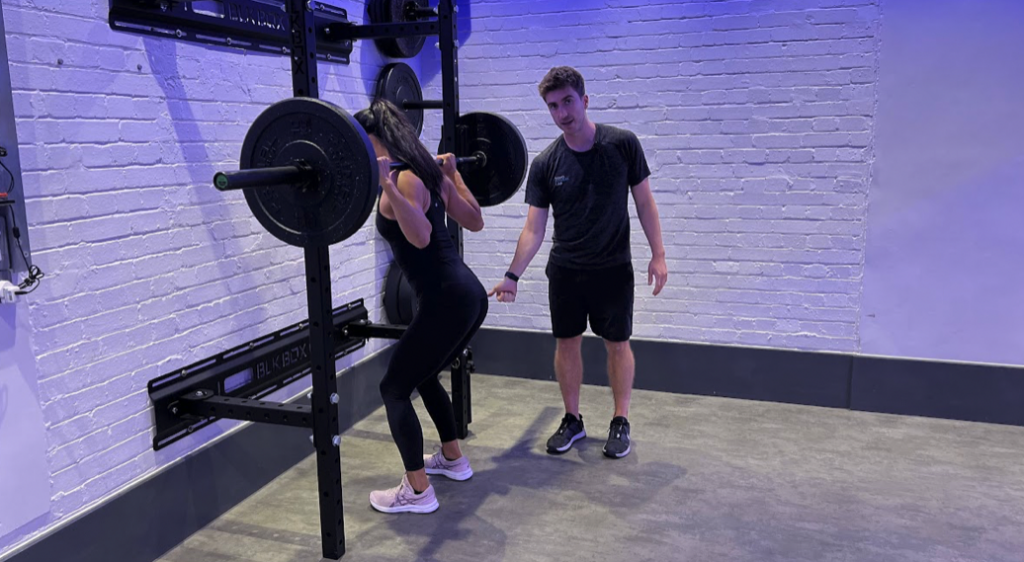
Sometimes pain in the lower back may not be caused directly by movement in that area. For example, if you were to perform an excessively high volume of squats or deadlifts, even with perfect form, you may find this leads to tightness in your hip flexors which can be a contributing factor to lower back pain.
If you feel some soreness in your lower back after a gym session it may not be anything to worry about. Just like any other muscles in your body, if you train your lower back you may experience delayed onset muscle soreness. Don’t be afraid to feel your lower back if you’ve performed exercises that specifically target it, this is all part of the process when it comes to strengthening the low back.
How to avoid lower back pain from gym sessions
The best way to avoid lower back pain from training is to address the issues above. First and foremost, ensure your form is on point. If you feel your lower back in a movement where that is not your intention, take the time to find the root cause and address it. Linked to this is proper load management. If your training volume is excessively high and you find yourself suffering from lower back discomfort, adjust it accordingly.
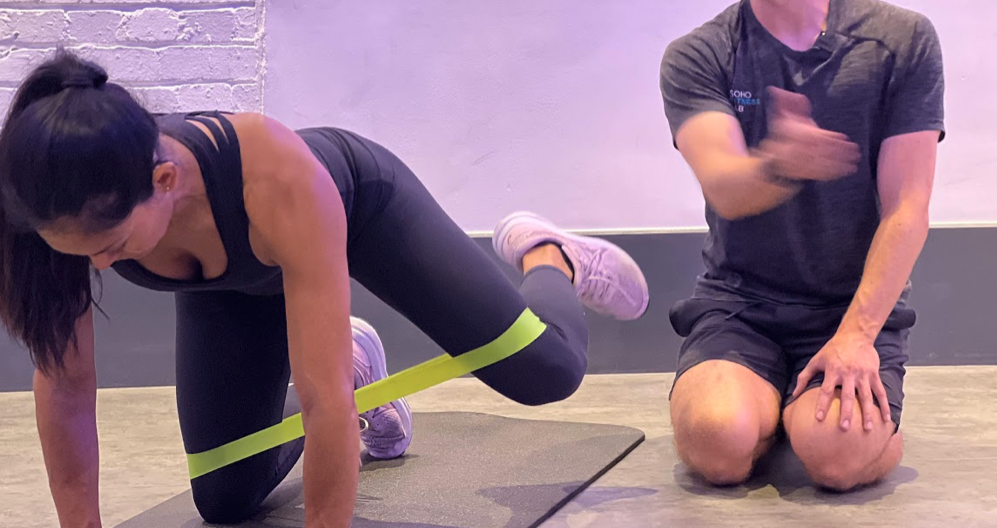
If you suffer from tight hips, it may be worth adding some hip mobilisation work to your warm up routine, as well as ensuring you’re adequately bracing your core and using your glutes effectively. It may be worth adding some prep exercises to your routine to help you ‘find’ these muscles during your working sets.
Tight lower back stretches
It may sound counterintuitive, but if your lower back feels tight it’s probably not in your best interests to try and stretch it.
Stretching the lower back directly may provide immediate relief that is usually short lived and may cause a more severe counter reaction.
Unfortunately, solving lower back tightness is a long term process, most likely involving strengthening the core and glutes while programming appropriately. However, for short term relief that’s less likely to cause further discomfort later, opt for stretches to loosen up the hip flexors.
Below are 2 of the best stretches for loosening your hips to relieve lower back discomfort:
Half Kneeling Hip Flexor Stretch
This is the most common hip flexor stretch you’re likely to see. Unfortunately that also means it’s the one you’re most likely to see performed incorrectly. However, when performed properly this stretch will loosen and strengthen your hips, improve your posture, and could help ease back pain.
First of all, place a pad on the floor or find a soft surface to kneel on. From here, “square” off your hips so they’re facing forward, and are level with each other, with your shin pointed directly behind you. Bring your ribs down by exhaling completely and bracing your abs.
Tilt your pelvis forward to ensure you aren’t posteriorly tilted. Squeeze the glute of the kneeling leg with increasing force until you feel the stretch in the front of your hip. Ensure your lower back is not arched.
Half Pigeon Stretch
If you’ve ever taken a yoga class or followed a workout video online, you’ve probably given this stretch a go. It’s a fantastic way to open up your hips as well as stretching your glutes and piriformis and can provide relief from a tight lower back.
Start in a high plank (or in downward dog if you’re familiar with it), inhale and lift your left leg up and back, keeping your hips as level as you can.
Inhale and draw your left knee forward underneath your body, with your left knee heading toward your left elbow.
Gently lower your shin to the mat, keeping it as close to parallel with the top of the mat as you can. Sink forward from your hips, collapsing gently over your left shin to deepen the stretch in your left hip.
Strengthening the lower back
Often, a tight muscle is a weak muscle. Therefore it’s vital not to neglect the lower back when it comes to your strength training routine. As mentioned above, all too often people are afraid to train their lower backs for fear of injury. However, the key to being pain free is to be robust.
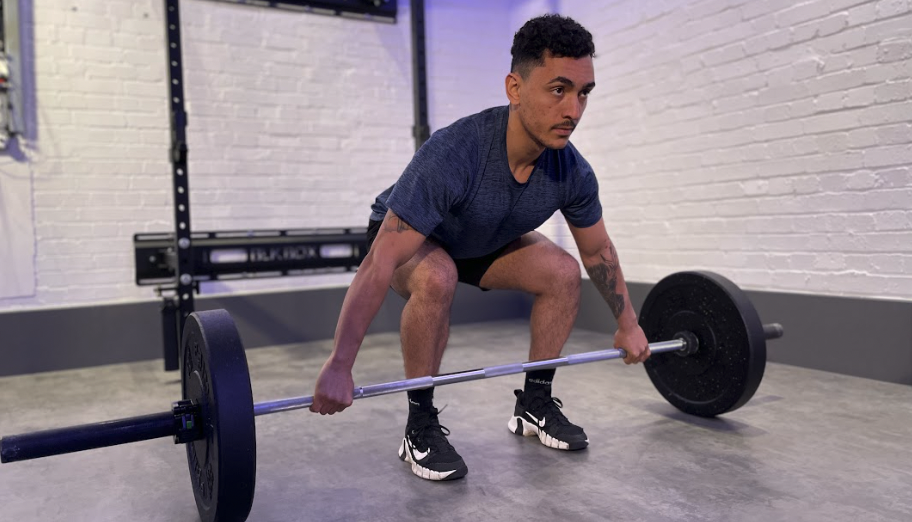
Your body is incredibly adaptable and has incredible capabilities. As long as exercises are performed safely, training load is managed appropriately and there’s enough rest, there is no reason to avoid strengthening your lower back.
What does a back strengthening workout plan look like?
For most trainees, lower back isolation work may not be necessary. Your lower back plays a role in a number of exercises where it is not necessarily the primary target muscle group.
For example, in a bent over row the lower back provides rigidity, same goes for the deadlift, RDL and pretty much any hinging movement. If you want to emphasise the lower back as part of a higning movement, a limited ROM exercise such as the rack pull (performing a deadlift from higher up, by elevating the bar in a rack) will place more emphasis on the lower back.
For less experienced trainees, body weight exercises such as supermans or bird dogs are a good option for developing a base of lower back strength.
If the goal is to avoid lower back pain, an emphasis on glute and core exercises would also be advisable.
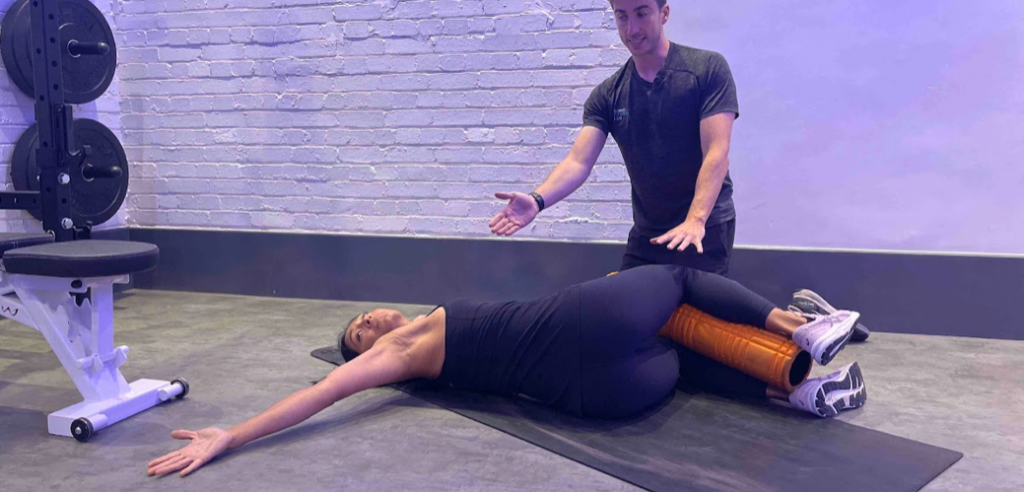
In terms of programming volume, training the lower back is not dissimilar to any other muscle. Generally speaking, for a strength focus the target number of reps will be lower, with a heavier resistance. Anywhere between 1-8 reps for a total of 3-10 sets may be programmed, with the higher number of reps being geared more towards a strength/hypertrophy goal. For hypertrophy (muscle growth) the number of reps will generally be higher. Somewhere between 3-6 sets of 7-12 reps is a good rule of thumb. Muscular endurance will require reps in the 15-30+ range. Training within all of these rep ranges is key to a well rounded lower back training regiment.
As with any other muscle, the principle of progressive overload applies. In order to stimulate growth, the muscle needs to be continually challenged with an increase in intensity. Start at the lower end of volume, and adjust as your progress.
If you’d like to hear more about how personal training could help you say goodbye to tight back muscles for good – we’d love to hear from you!
